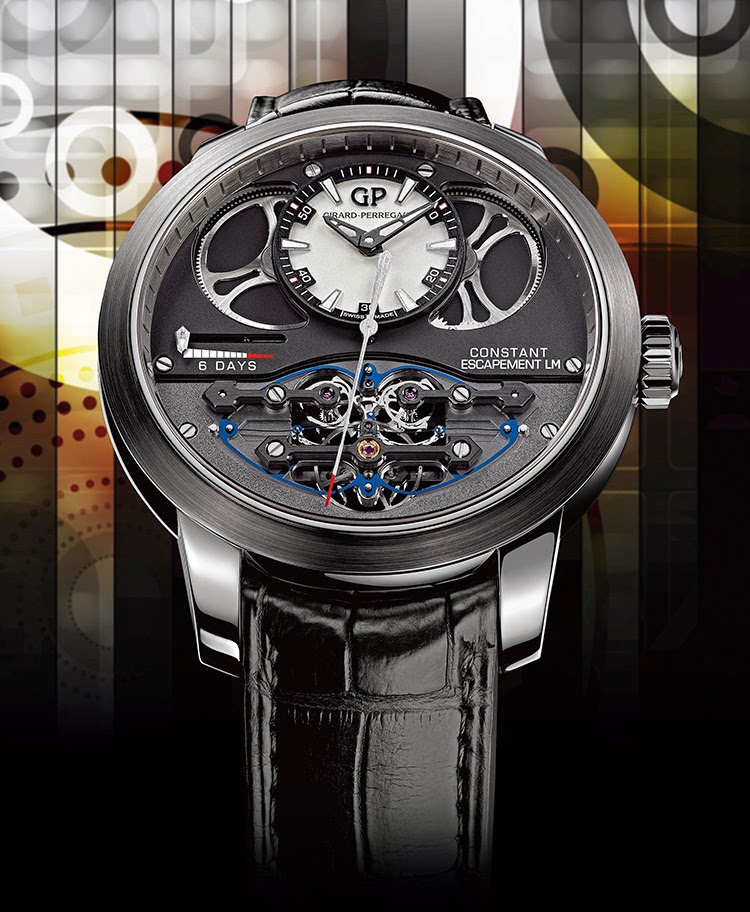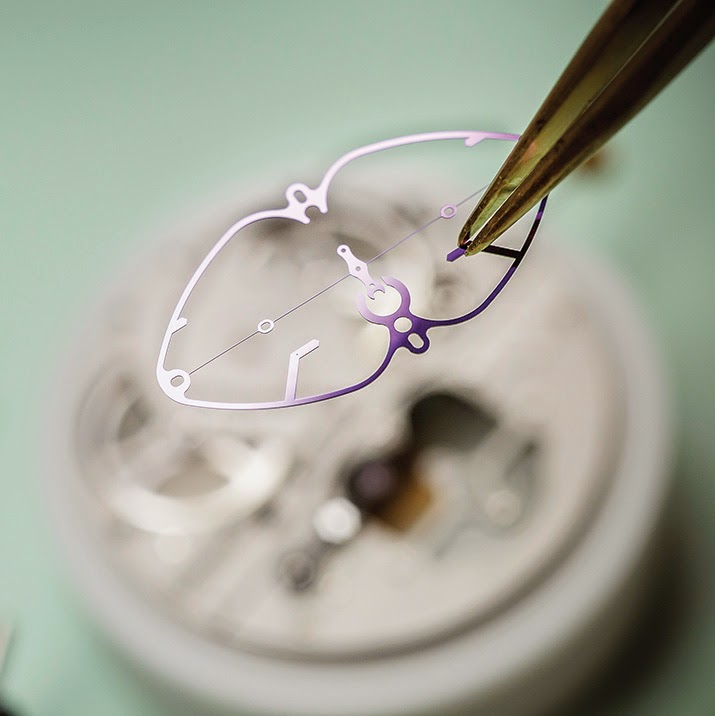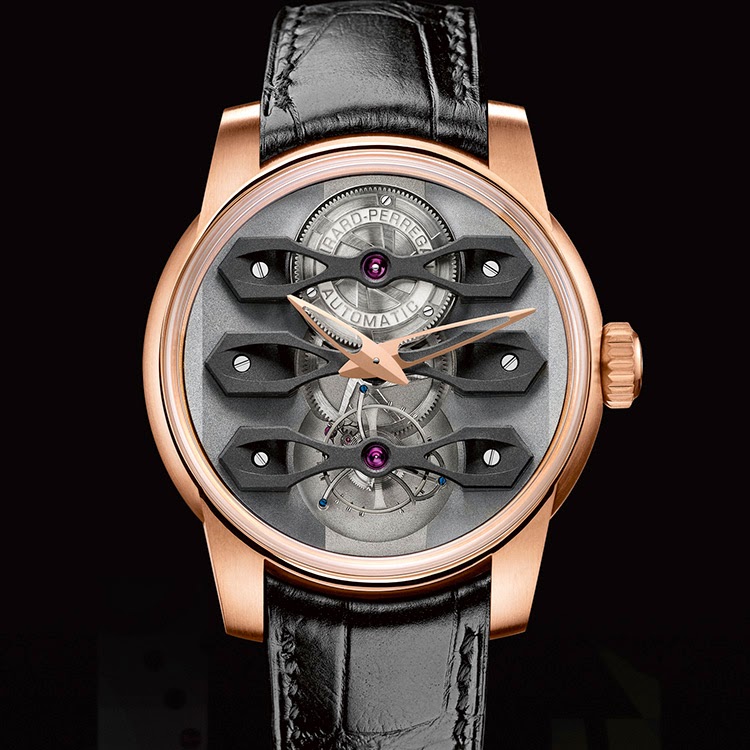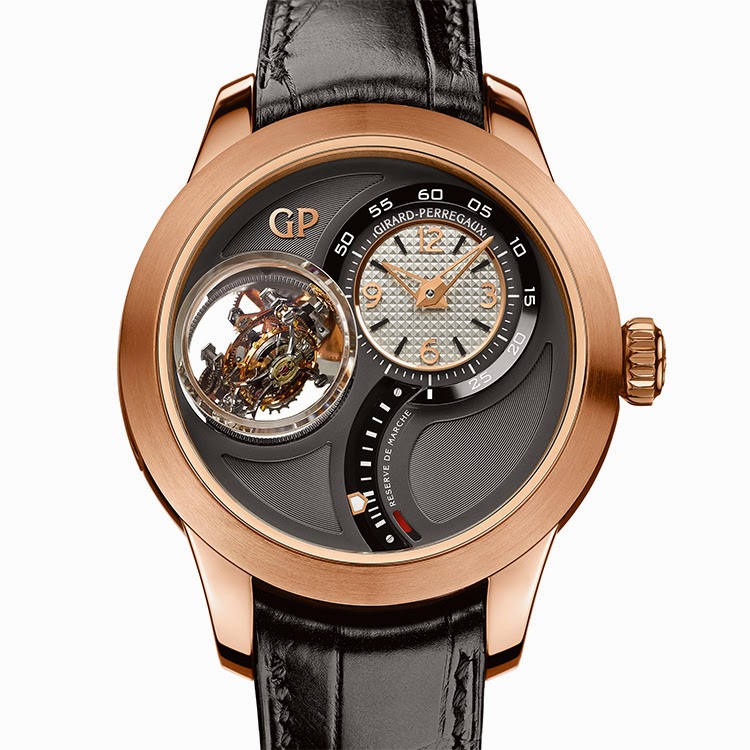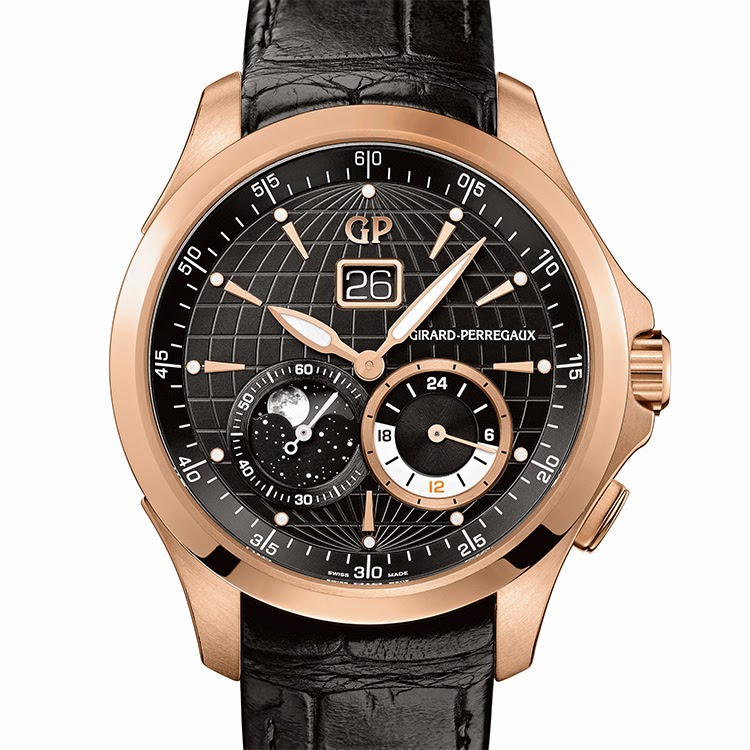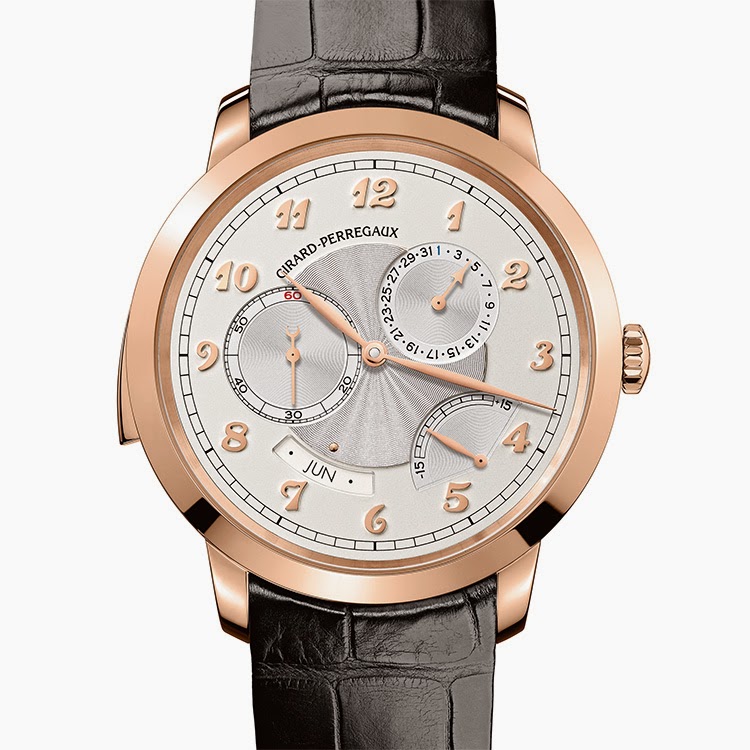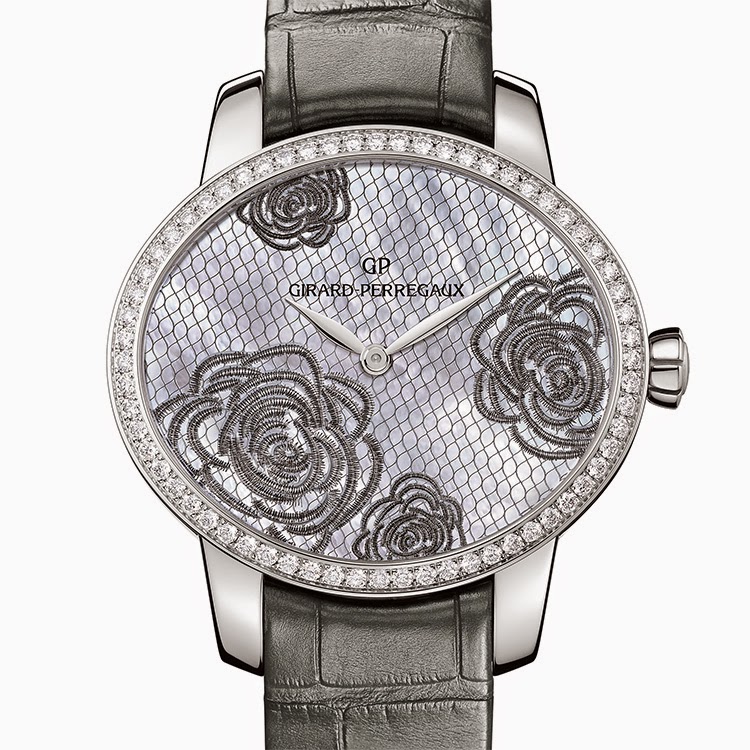Girard-Perregaux: Dreams in Motion
Girard-Perregaux achieves what collectors around the world have long dreamed about, a bona fide constant force escapement.
Since its recent acquisition by Kering, Girard-Perregaux has embarked on a campaign to refine its collection and raise awareness of its strong technical capabilities, while simultaneously pushing its watchmaking achievements higher.
In just a short time, these measures have already borne impressive results, including the grand pr ize in haute horlogerieís most prestigious awards. In 2013, Girard-Perregaux released what was, in the opinion of the Geneva Grand Prix committee, the most impressive timepiece of the year ó the Constant Escapement L.M.
In mechanical wristwatches, there exists a phenomenon by which the accuracy of a watch diminishes as its power reserve nears its end. While conventional thinking says that a watch should get slower as its mainspring winds down, the opposite is actually the case. As its power diminishes, so does its amplitude, causing the watch to grow slightly faster until the moment it ticks its last tock.
Girard-Perregaux’s ingenious solution in its prize-winning watch is an escapement with a silicon blade six times thinner than a human hair. Before an impulse of power can travel from the barrel to the balance wheel, this silicon blade needs to bend. When the threshold of power required to bend the blade is no longer available, the watch simply stops, alerting the wearer to rewind his watch for an additional six days of precise and, more to the point, consistent timekeeping. New for 2014, the Constant Escapement L.M. is presented in a 48mm rose gold case, which joins the original white gold model.
Making New ConnectionsEvery successful watchmaker must have a timepiece that is so unique and recognizable that it can be spotted from across the room. This timepiece, which occasionally becomes a legitimate design icon, is the face of the brand. At Girard-Perregaux, this watch is the tourbillon with three bridges.
Created nearly 150 years ago, this bold and architectural watch design was recently reinterpreted for a new generation of collectors. Offered in a rose gold case, the Neo-Tourbillon with Three Bridges represents a radically different interpretation of its namesake components, which have traditionally been crafted from gold. To enhance performance and reduce weight, the bridges, which reinforce the tourbillon carriage, motion works and barrel, are made from sandblasted, skeletonized titanium that has been treated with black PVD.
Sense of DirectionThe tourbillon is a very specialized type of escapement devised to mitigate the effects of gravity on the accuracy of a mechanical watch. Invented in the early 19th century, this difficult-to-produce mechanism figured among the cutting-edge technology of its day.
Modern watchmakers have discovered, however, that this device is less effective in wristwatches because they are constantly in motion on our wrists, unlike pocket watches that tend to remain in one position while resting in the pocket. The logical adaptation of the tourbillon for the wristwatch therefore is a tourbillon with multiple axes.
In the case of Girard-Perregauxís new Tri-Axial Tourbillon, an incredibly complex mechanism made with 140 components, the position of the escapement rotates along three separate axes. The first rotates once per minute, the second every 30 seconds, and the third every two minutes. In this way, the Tri-Axial Tourbillon cancels for positional errors at virtually every angle.
The mathematical complexity involved in making such a timepiece cannot be overstated. Modern computers and manufacturing capabilities combine with the supreme dexterity of master watchmakers to make a traditional timepiece that could only have been crafted in the 21st century.
Two Places, One DialFor years, watches for traveling have featured prominently among Girard-Perregauxís core collection in the form of a popular range of GMT and world-time models. Last year, Girard-Perregaux streamlined these models into a single collection called Traveller.
Besides their rather obvious utility for collectors who find themselves crossing time zones or conducting business in several places, the Traveller watches have a refined and ergonomically improved case design. They also boast additional complications and displays, such as those found on this rose gold version of the Traveller Large Date Moon Phase GMT.
In addition to the wearerís home time, the local time in a different time zone can be adjusted by one-hour increments via a simple pusher at 4 oíclock. This is a very useful feature for anyone who needs to know the time in two time zones at a glance.
Triple ThreatGirard-Perregaux’s technical capabilities run the gamut from straightforward chronographs to complex tourbillons. This remarkable model from the 1966 collection brilliantly illustrates the firmís range by combining three advanced functions: minute repeater, annual calendar and equation of time.
Within the cozy confines of its conservatively sized 42mm case, the 1966 Minute Repeater, Annual Calendar and Equation of Time packs an incredible level of engineering prowess. Its minute repeater, which is among the most complicated mechanisms in horology, chimes the time audibly on demand. Its annual calendar affords the wearer the convenience of changing the date manually once a year.
The equation of time alone would make this timepiece noteworthy. This esoteric astronomical complication displays the difference between the mean solar time, which does not vary, and the true solar time, which fluctuates due to the Earth’s elliptical orbit and tilted axis. Throughout the year, the length of the true solar day can be about 15 minutes longer or shorter than 24 hours. An arc-shaped gauge on the dial indicates this discrepancy.
Looking GoodGirard-Perregaux’s long tradition of crafting mechanical timepieces for women continues with its latest addition to the Cat’s Eye collection, a chic line that has become a reference for sophisticated feminine design and serious watchmaking.
The new Cat’s Eye Bloom features a stainless steel case set with 64 brilliant-cut diamonds. Its dial is an exercise in artistic femininity. A beautiful lace overlay is applied to white mother-of-pearl to dazzling effect. In addition to this repeating lattice motif, each dial is further enhanced with striking peony flower designs. The peony is a deeply felt cultural reference virtually everywhere in the world. The flower is believed to be the first domesticated by man, originally in China, and then cultivated in Europe during the Middle Ages by Benedictine monks.
As a high-end Swiss manufacture specializing in complicated timepieces, the majority of Girard-Perregaux’s creations are destined for masculine wrists. Still, the undeniable appeal of tradition, craftsmanship and beauty call out to elegant ladies with the Cat’s Eye collection.

